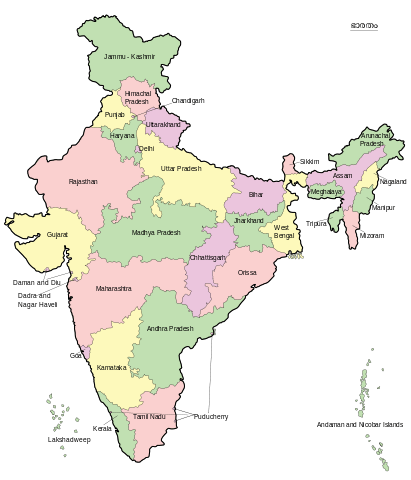Federation vs Republic
Identifying the difference between Federation and Republic can be somewhat complex. Indeed it becomes even more difficult to distinguish the two particularly when our quest to understand the difference produces other words such as ‘federal republic’. The term ‘Republic’ was traditionally interpreted to mean public interest or welfare of the people. In contrast, the term ‘Federation’ refers to a large group of provinces, states or entities. The key to identifying the distinction between the two terms is in understanding their definitions. In fact, many argue that the terms represent two separate concepts entirely.
What is a Federation?
The term ‘Federation’ is typically defined as the union or formation of a group of states, provinces or entities. A Federation thus constitutes a political entity, which is comprised of a number of states. The United States of America is an ideal illustration of this term in that it represents a nation composed of 51 states. A distinct feature of a Federation is that there is a central authority or government. This central government exercises overall control over the states. Despite this overall control, the states under a Federation still retain control or authority over their own local affairs. In the case of the United States, all 51 states have accorded power to the central government, formally known as the Federal government, yet they still maintain control over their internal affairs. Typically, the division of power or authority between these states and the federal government is contained in a written document, namely, the Constitution. The Constitution further recognizes the independent status of the states to exercise control over their own affairs. Keep in mind that a Federation will comprise the main federal government or national government as well as the state governments. State governments constitute the governing authority within each state.
United States is a Federation.
What is a Republic?
As mentioned before, the term ‘Republic’ traditionally refers to the public interest. Thus, a Republic represents a system that is in the interest or welfare of the people. In fact, a Republic refers to a type of a political system or order wherein the head of state is not a monarch but a representative elected by the people. Nations that have a president as the head of state or rather, who do not have a monarch as ruler, are typically called Republics. In the case of a Republic, the supreme authority or sovereignty is vested in the people. Thus, the people, exercising their right to vote, elect representatives to exercise this authority on their behalf. Therefore, the government or central authority in a Republic is composed of elected representatives.
India is a Republic.
What is the difference between Federation and Republic?
• In a Federation, there is a central authority or government that exercises overall control over the separate entities or states. The separate states uniting under a Federation also retain control over their internal affairs.
• A Republic refers to a particular form of government, one that does not have a monarch as its head of state.
• A Federation can be a Republic in that the head of state in a Federation is not a monarch but an elected representative.
• Think of a Federation as representing the structure of a nation’s government or political system. A Republic, on the other hand, is a type of government or political system and can include a Federation.
Images Courtesy:
United States map by Wiki-vr (CC BY-SA 3.0)
India map by Rajeshodayanchal (CC BY-SA 3.0)
Key Takeaways
- A Federation is a union of states, provinces, or entities under a central authority or government.
- A Republic is a political system in which the head of state is not a monarch but a representative elected by the people.
- A Federation can be a Republic if the head of state is an elected representative, not a monarch.
